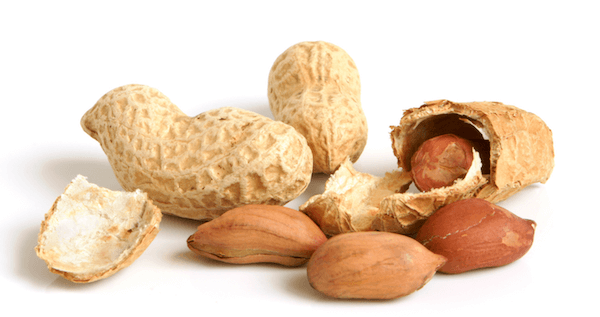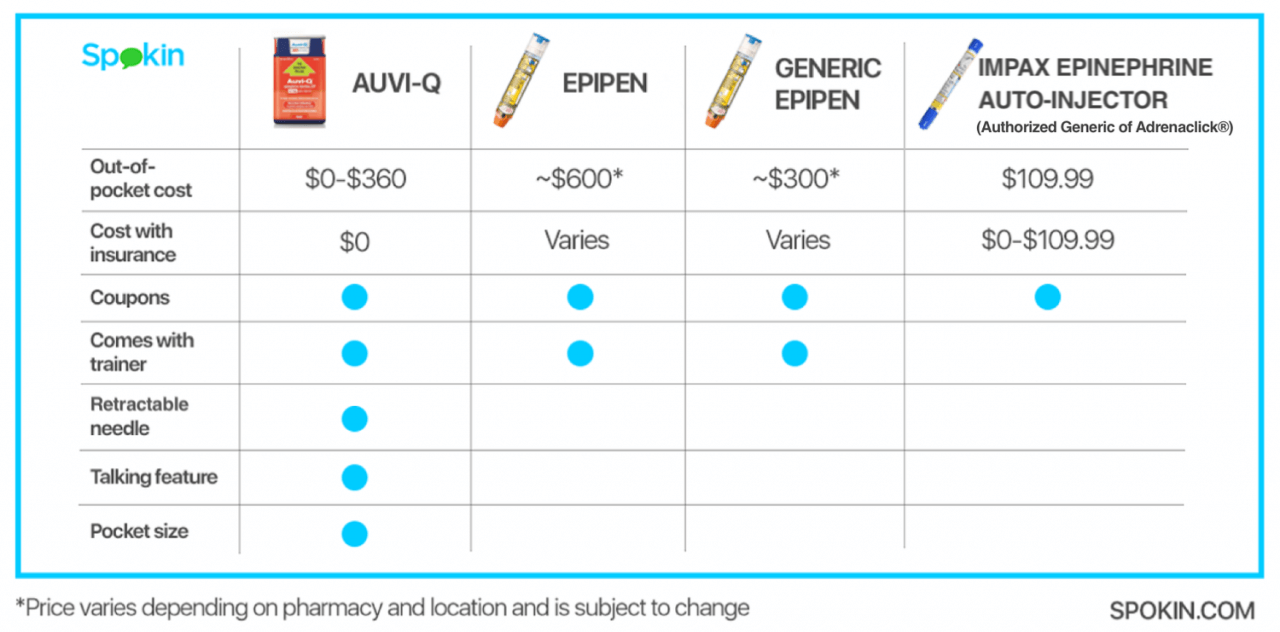When are peanut allergies discovered?
People are typically diagnosed with peanut and tree nut allergies during early childhood. There are currently around three million people who reportedly have an allergy to peanuts or tree nuts, and studies show that the number of children with peanut allergies has increased dramatically in the past twenty years. However, according to a study from the National Institutes of Health, about 20% of children allergic to peanuts do outgrow their allergies.
Introducing peanuts to infants early and new innovations in oral immunotherapy (OIT) have been found to prevent or reduce the prevalence of peanut allergies. Talk to your pediatrician or allergist to learn more about prevention, diagnosis and treatment of peanut allergies.
How to avoid peanuts
Because even trace amounts of peanuts can trigger an allergic reaction, avoidance is key to preventing reactions and serious health consequences. Peanuts, peanut dust or peanut butter residue are most likely to trigger a reaction if they come in contact with the eyes, nose or mouth, but it is possible in severe cases to have a reaction through casual contact like touching peanuts or breathing airborne peanut dust.
Reading food labels, asking questions and self-advocating are the best ways to avoid peanuts. Because peanuts are one of the Top 8 allergens, the federal government requires that all packaged food products clearly list them as an ingredient. Learn how to read a food label for peanut ingredients before consuming packaged food, and remember that food may accidentally contain the allergen, commonly referred to as cross-contamination or cross contact. Always check for cross-contamination or “may contain” warnings, but note that manufacturers are not legally required to label for these potential cross contacts.
Peanuts can often be found in:
- Baked goods, such as: pastries, cookies, pies
- Thai, Asian, African and Mexican dishes like egg rolls and pad Thai
- Sauces, such as: chili sauce, hot sauce, pesto, gravy, mole sauce, salad dressing
- Candy including marzipan
- Desserts, such as: ice cream, pies, hot chocolate
- Pancakes
- Gourmet pizzas
- Some vegetarian food products and meat substitutes
- Glazes and marinades
- Pet food
- Curry
- Five Guys establishments
- Chili
Examples of foods to avoid:
- Artificial nuts
- Beer nuts
- Peanut oil or Arachis oil
- Goobers
- Ground nuts
- Mandelonas (peanuts in almond flavoring)
- Mixed nuts
- Monkey nuts
- Nut pieces
- Peanut butter
- Peanut flour
Also avoid lupine, a common substitute for gluten flours, which shows a possibility of cross-reaction for those with peanut allergies. Sunflower seeds are also often produced on equipment shared with peanuts.
Non-food products that could have peanuts:
- Vitamins
- Potting soil
- Bird feed
- Pet food and pet treats
- Cosmetics — look out for argan oil, moroccan oil and shea butter
Alternative names for peanuts
Peanuts may be listed under its Latin name in personal care products. Be on the lookout to avoid using products with the following ingredients:
- Arachic oil
- Arachis
- Arachis hypogaea
- Hydrolized peanut powder
- Madelonas
- Peanut protein hydrolysate
Peanut substitutes:
- Almond butter
- Cashew butter
- Sunbutter
- Seed butter
- Pumpkin seeds
- Seeds and other tree nuts
Note that some of these contain tree nuts and are only suitable for people allergic exclusively to peanuts.
Discover more!
Learn how to order in a restaurant with a peanut allergy
Browse peanut-free recipes







